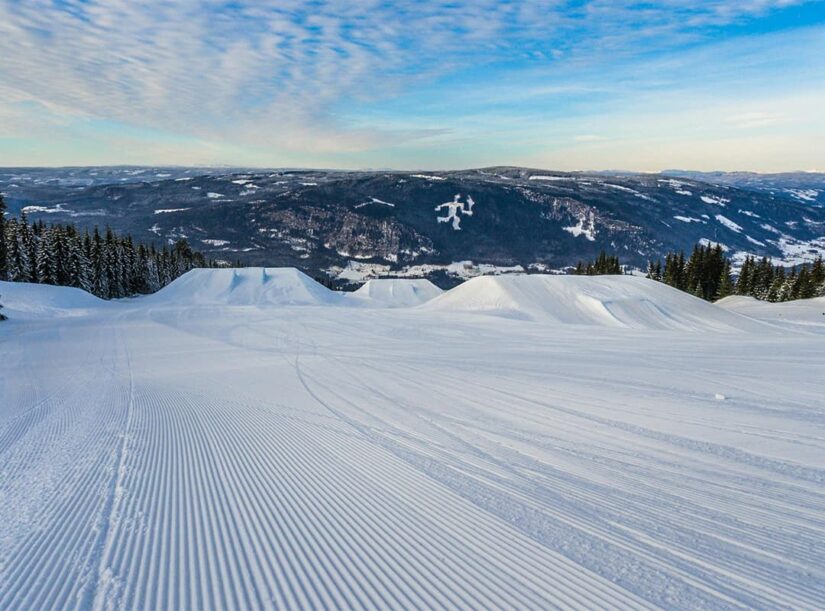Dust on Snow
The importance of preserving crusty or cryptobiotic soil surfaces in the Desert Southwest resonates deeply with many of us, considering the impacts on local ecosystems and erosion. However, there’s a broader narrative unfolding that connects the ecosystems of the entire Southwest, from the mountains to the desert, and from the delicate crusts of the desert to the vulnerable tundra of the high alpine.
Understanding Dust on Snow
The movement of dust across the Southwest is a natural process that has persisted for millions of years, evolving since the inception of the Colorado Plateau’s weathering. Sweeping southwest winds carry dust particles from the Colorado Plateau, depositing them on the mountains in Southwest Colorado. During winter, these dust layers on the mountain snowpack exert intriguing, and sometimes detrimental, effects.
The Center for Snow and Avalanche Studies closely monitors the presence of dust layers in the snow at 11 mountain pass locations throughout Colorado through its Dust-on-Snow (DoS) program. Led by Jeff Derry from Silverton, Colorado, this initiative includes the Senator Beck Basin study area at Red Mountain Pass, serving as the DoS “sentry” site.
The Impact of Dust on Snow
The effects of Dust on Snow (DoS) are palpable. Following a snowstorm, the freshly fallen snow presents a pristine, reflective surface. However, within days, this brilliance fades as dust particles settle, transforming the snow surface from high reflectivity to low reflectivity. Consequently, the snow absorbs more solar radiation, contributing significantly to its melting.
Contrary to popular belief, snow melts not solely due to air temperature but primarily due to solar radiation absorption. In the Colorado mountains, where solar radiation absorption is considerable, this distinction holds particular significance.
An Historical Lens
Over the past 11,000 years, the Southwest region has maintained relatively stable levels of dustiness. However, in the last 150 years, human activities have disrupted this equilibrium, leading to increased dust levels. Historical records, including sediment cores from high alpine lakes in Colorado, indicate a 500 percent surge in dust loading coinciding with the arrival of large livestock herds and intensive agriculture in the mid- to late-1800s.
The migration of European settlers into the Western U.S. triggered widespread expansion of grazing, mining, and agricultural activities, intensifying dust production. Livestock grazing, in particular, significantly disturbed natural ecosystems, exacerbating soil erosion and destabilization.
Looking Ahead
Understanding the Dust on Snow phenomenon is crucial for anyone reliant on water resources. Excessive dust on the melting snowpack accelerates snowmelt, reducing water supply and disrupting alpine plant life cycles. The impact extends beyond environmental concerns, affecting outdoor enthusiasts from mountain to desert regions.
